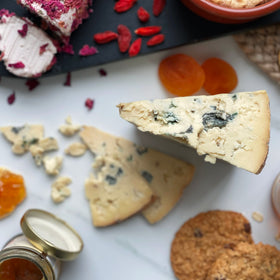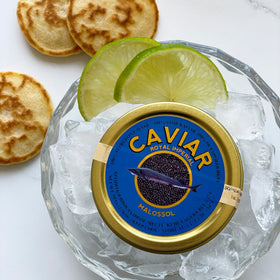Manuka Honey MGO 100+ (5+ UMF) by Flora 500g
Shipping Information
We try to processes and ship out your order as soon as possible, often time it's the same day the order is placed. However, please allow 1-3 business days to process your order as we might be backlogged (especially during busy times).
If your order is time sensitive or specific, please email info@cheesyplace.com
GTA orders shipped daily (except Sunday)
Outside of GTA - Monday to Wednesday (1pm cutoff), all orders placed later will be shipped the following Monday.






